Join More Than 50,000+ Subscribers and get latest camera news and rumors
NEW CAMERA VIDEOS ON YOUTUBE
|
By admin, on March 28th, 2024
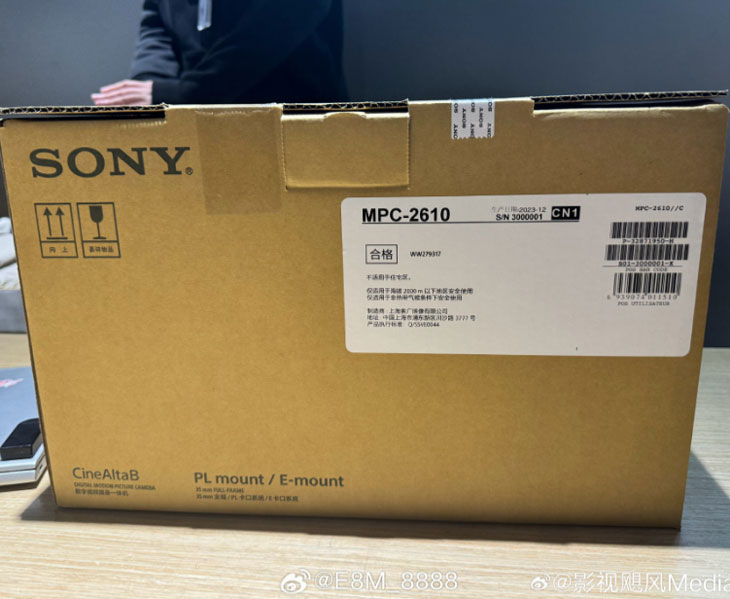
According to the latest rumors surfaced on the web, Sony’s FX-format cinema camera announcement is expected very soon. The packaging box of the model code WW279317 leaked today by a source, and he claims that the camera is produced by Shanghai Suoguang.

The camera is said to be a New Model from BURANO Series. So, we now have confirmation that we will soon have our next FX format cinema camera from Sony. Stay tuned more updates coming
Sony BURANO 8K Digital Motion Picture Camera announce
See what E8M_8888 says about Sony Upcoming Camera
A Source told me that a supposedly reliable media or someone claimed that I falsely identified WW279317 as CineAltaB, and that there must be a new FX camera, or some media outlets are still speculating about an unknown FX camera.
There definitely is a new FX camera, ILME won’t immediately stop producing them. But WW279317 is indeed BURANO, it’s written on the packaging box. For example, Film Hurricane got the first MPC-2610 produced by Shanghai Suoguang.
Suoguang’s professional cameras don’t have Bluetooth, and even the VENICE series doesn’t have a built-in wireless module, they rely on external wireless cards. But Burano has 5.8GHz, which is a first.
The media shouldn’t jump to conclusions without evidence, always thinking about some exotic sentiment. Just because someone’s skin color/nationality is different doesn’t mean they can be appointed.
Follow us on our social pages FACEBOOK | TWITTER | INSTAGRAM, If you have time –>see more Camera News and Sony Alpha Rumor
By admin, on March 28th, 2024
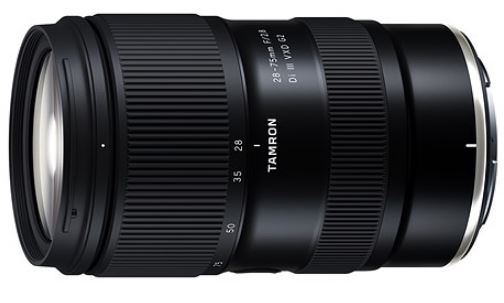
The Tamron 28-75mm F2.8 G2 (VERSION 2.0) lens for Nikon Z Mount has finally been announced, the lens features an upgraded optical formula compared to the previous generation of 28-75mm F2.8 Lens. If you are using the Nikon Z6 Mark II or Nikon Zf then the first generation of lenses is more than enough to resolve the 24MP sensor of both cameras, but if you are planning to buy a higher resolution Nikon camera, like Nikon Z7 mark II or the upcoming Nikon Z6 Mark III u should aim for Tamron 28-75mm F2.8 G2 Lens.
Get Tamron 28-75mm F2.8 G2 lens for Nikon Z Mount – B&H Store | amazon.com
Follow us on our social pages FACEBOOK | TWITTER | INSTAGRAM to get live news + Nikon Rumors 24X7.
By admin, on March 27th, 2024
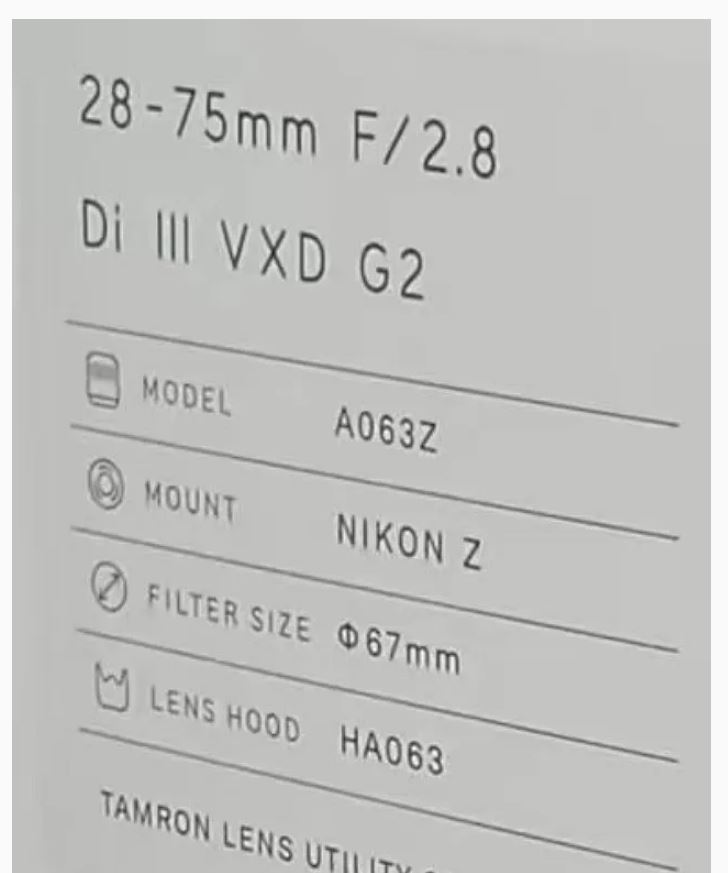
According to the latest set of rumors, Tamron will soon announce the G2 versions (Mark II) of their ultra-popular 28 to 75 mm f/2.8 Di III VXD lens. The lens has already been available for E-mount for over a year, but we now have some confirmed information from trusted sources that the lens will be announced today for the Nikon Z mount.
As we all know, the overall optics of the G2 edition are much improved and highly suitable for higher resolution cameras. So, it is recommended that if you’re planning to buy a 28 to 75 mm f/2.8 lens soon, then you should wait for one months and get the G2 edition in your hands.
Follow us on our social pages FACEBOOK | TWITTER | INSTAGRAM to get live news + Nikon Rumors 24X7.
source webio
By admin, on March 27th, 2024
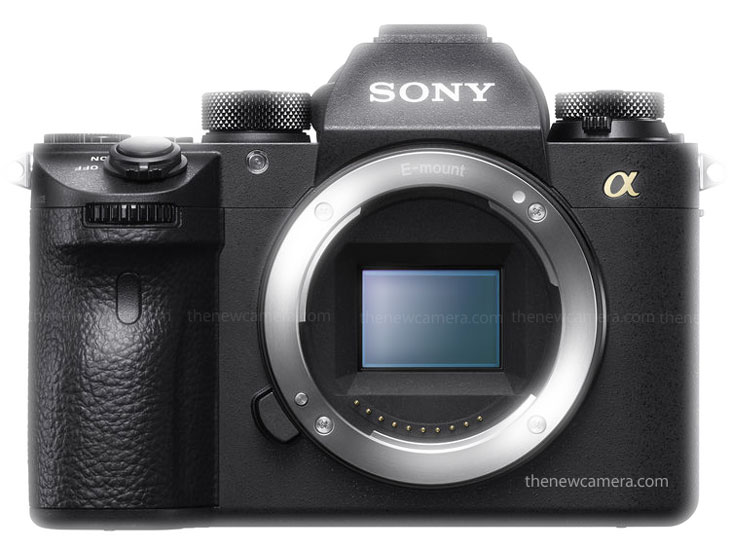
Sony A6900 specification surfaced over the web, the Sony A6900 specification is coming out from source E8M_8888, rumors shared by this handle are mostly correct. So, we can’t ignore this. Although the source also said
The ZV-E10 II is a short video camera with no problems. I can walk backwards if I can take out the a6900. This is something that will not happen in 2024.
Sony A6900 Specification
- 40.2 megapixel effective APS-C Exmor R sensor, ISO 80-32000
- Approximately 8.0 stops 5-axis image stabilization
- BIONZ XR processor + AI intelligent chip
- 759 phase detection autofocus points, adjustable focus point size
- Subject recognition for people, birds, animals, cars/trains, planes, insects, high-precision real-time tracking
- Hi+ mode up to approx. 11 fps lossless compressed RAW continuous shooting
- Mechanical shutter with electronic front curtain, flash sync speed 1/320s, fastest shutter speed 1/8000s
- 4 shot/16 shot pixel shift multi-shooting function
- Off-axis approx. 3.69 million dot 0.39-inch OLED electronic viewfinder
- Dual SD / CFexpress Type A compatible memory card slots
- Ergonomic grip design
- Full pixel sampled 8K/30p, 4K/60p, 1.01x and 2.01x crop mode 4K/120p video recording
- S-Cinetone, S-LOG, and LUT import & monitoring
- Approx. 15 stops dynamic range
- Video breathing compensation function, video auto composition function, enhanced video dynamic stabilization mode
TNC take: So, for now, as you know the Sony A6700 camera was announced in July 2023, and Sony took almost 4 years to bring the update, the Sony A6600 was announced in Aug 2019. So, you can notice the big difference between the update cycle of both the flagship APS-C Cameras. So, even if Sony plans to update the A6700 camera a bit early, even though they will announce it sometime in late 2025 (Q4 of 2025). So, it’s completely safe to buy a Sony A6700 camera for now.
share your thoughts with us
Follow us on our social pages FACEBOOK | TWITTER | INSTAGRAM, If you have time –>see more Camera News and Sony Alpha Rumor
source E8M_888
By admin, on March 26th, 2024
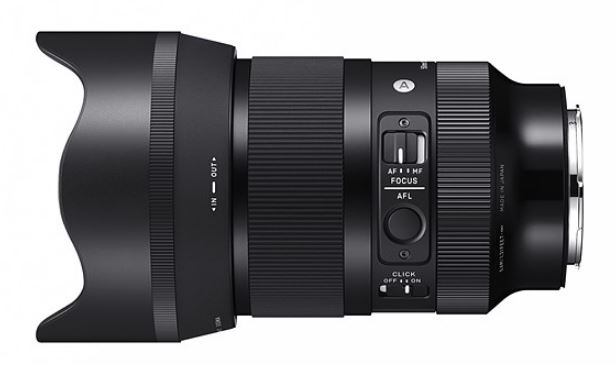
Sigma has announced the 50mm F1.2 DG DN Art, for the E and L full-frame mirrorless camera mounts.
Sigma Co., Ltd. (President: Kazuto Yamaki) would like to announce the announcement and release date of SIGMA 50mm F1.2 DG DN | Art.
This is F1.2 drawn by Art. An experience that exceeds common sense and expectations. Brightness with an aperture of F1.2, the highest level of descriptive power in the SIGMA Art line, and the lightest in its class.
>Price: Open price $1399 [B&H Store ]
>Accessories: Case, lens hood (LH782-03), front cap (LCF-72 III), rear cap (LCR II)
>Mount: For L mount, for Sony E mount
>Release date: 2024 Thursday, April 18, 2019 [global shipping]
From the Art line, which has always produced new expressive possibilities and surprises, the 50mm F1.2 is now available, which exceeds common sense. What SIGMA focused on with this lens was its descriptive power, which can be used even at maximum aperture. And it is portable enough to demonstrate its performance in any field. In terms of depiction, we have achieved high resolution across the entire focus range from wide open, and have also focused on the beauty of the large bokeh at F1.2. Furthermore, by eliminating unnecessary lens construction and mechanical design, we have succeeded in significantly reducing the size and weight. Equipped with a full range of functions suitable for professional use, such as high-precision AF using a new method of HLA that reduces volume while maintaining thrust. Please enjoy the exquisite Art F1.2, which will transform everything you photograph and even the shooting experience into something special.
Follow us on our social pages FACEBOOK | TWITTER | INSTAGRAM, If you have time –>see more Camera News
By admin, on March 26th, 2024
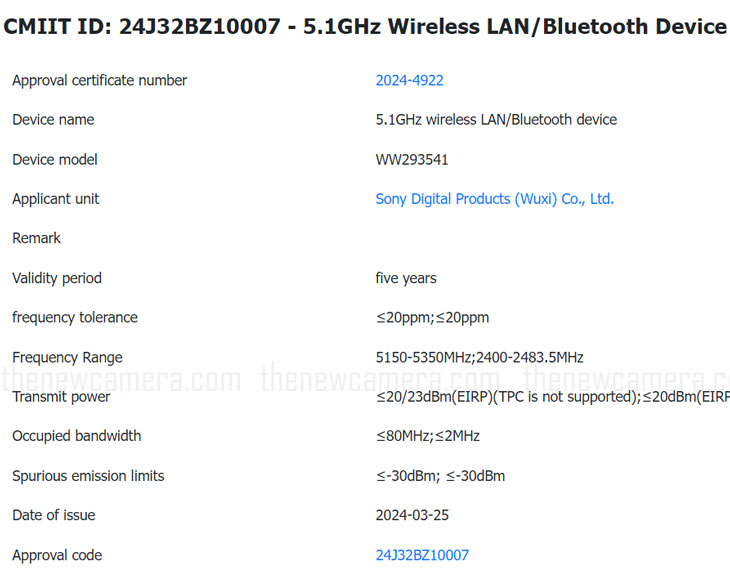
Sony registered a new camera at a wireless certification agency, the model code is WW293541. As per the latest rumors from rumor mills the WW293541 camera is said to be Sony ZV-E10 Mark II.
The only thing that concerns me is the WiFi band mentioned in the wireless certification document, since the Sony ZV-E10 series is an entry-level camera series and I was expecting Sony to keep WiFi limited to 2.4 GHz. But, in the latest registered model, we have 5 GHz WiFi available for faster data transfer which is usually available in Sony Cameras with $1000+ budget, like Sony A6700.
It looks like the Sony ZV-E10 Mark II comes with almost all the core specs we have seen in the Sony A6700 camera, including a 26MP sensor and 4k 60fps recording and of course 2.4 GHz and 5 GHz bands for fast and stable data transfer. (obviously, they will remove EVF and some features to save up the production line cost and sales of the A6700 camera)
Follow us on our social pages FACEBOOK | TWITTER | INSTAGRAM, If you have time –>see more Camera News and Sony Alpha Rumor
By admin, on March 25th, 2024
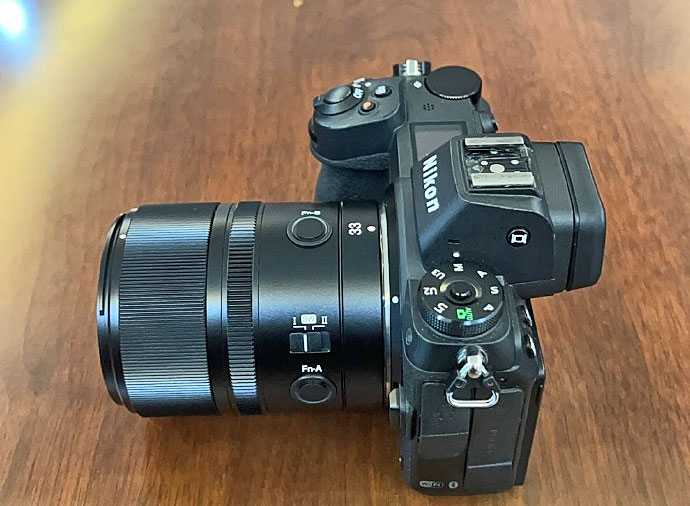
Yongnuo Nikon Z mount AF 33mm F1.4 announcement is expected anytime soon. stay tuned We will post an update soon.
Yongnuo Nikon Z mount Lenses
Yongnuo 85mm f/1.8Z DF DSM Lens (Nikon Z)
Yongnuo YN 50mm f/1.8S DF DSM Lens for Nikon Z
Yongnuo 35mm f/2Z DF DSM Lens (Nikon Z)
Yongnuo YN 50mm f/1.8Z DA DSM Lens (Nikon Z)
Follow us on our social pages FACEBOOK | TWITTER | INSTAGRAM to get live news + Nikon Rumors 24X7.
source – camerabeatawebio
|
KEEP THIS BLOG ALIVE - Support New Camera Buy Canon Lenses, Buy Music CD or Digital Camera at amazon it helps this site, and you do not pay anything extra, it is just a way to help support this site.

|













